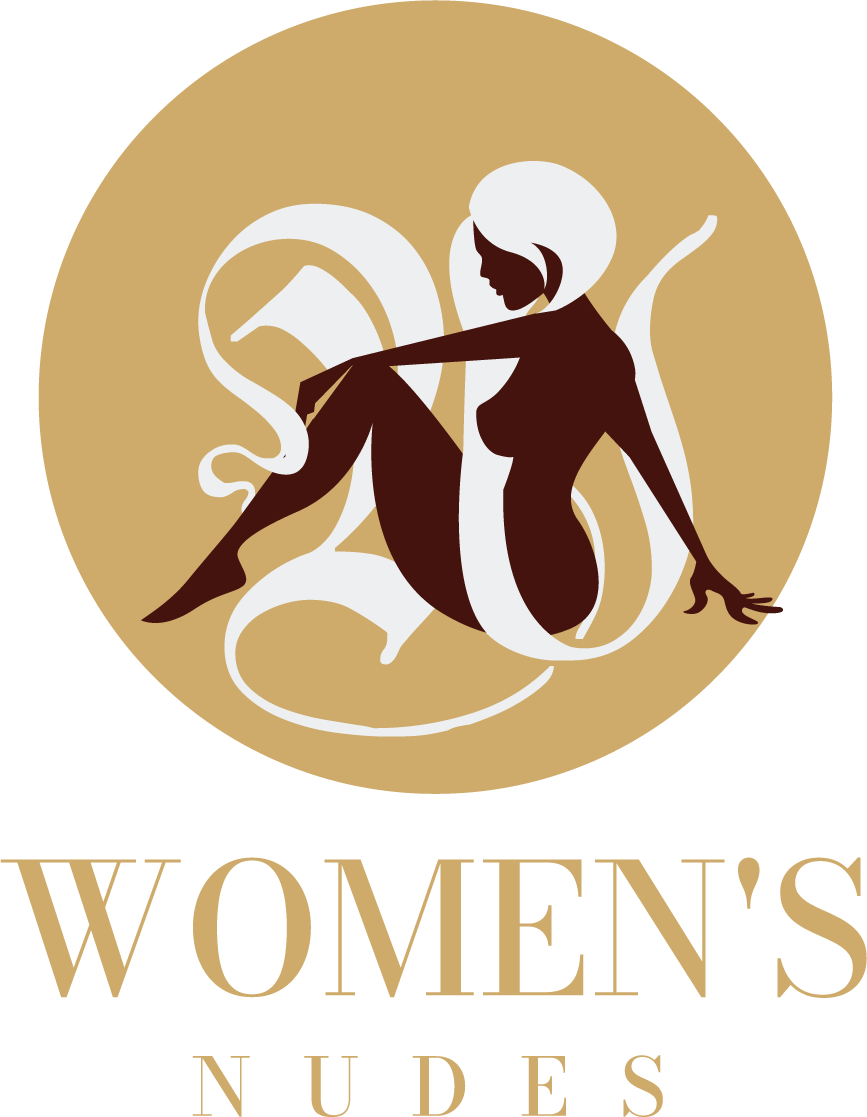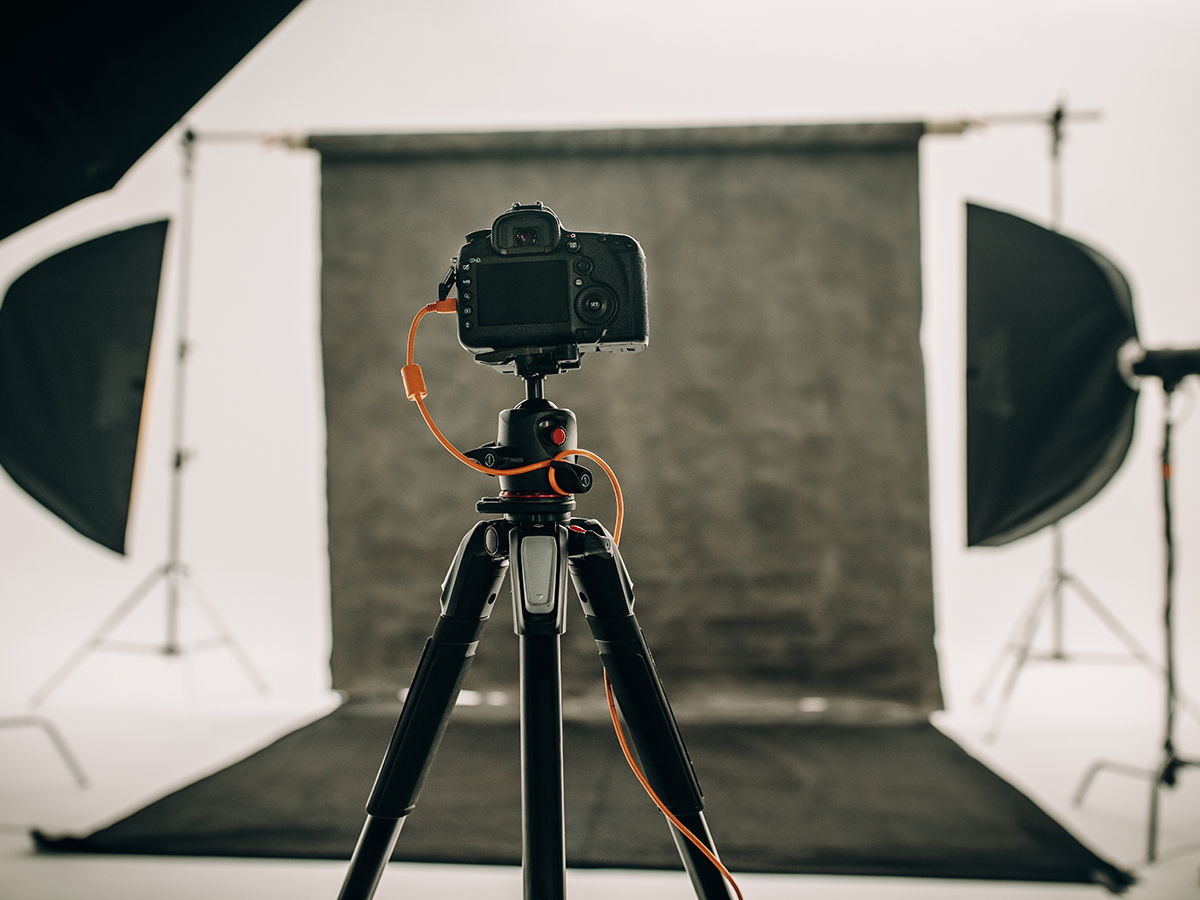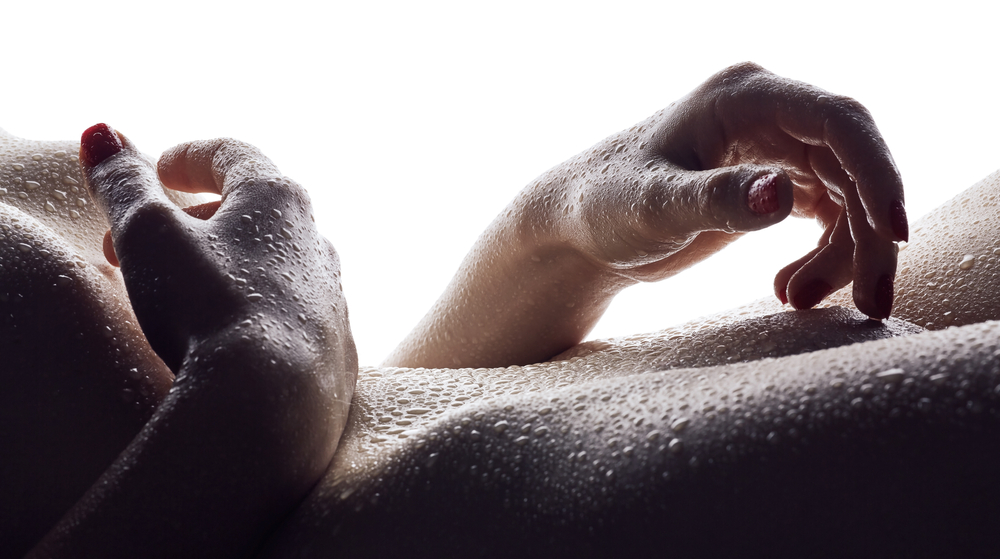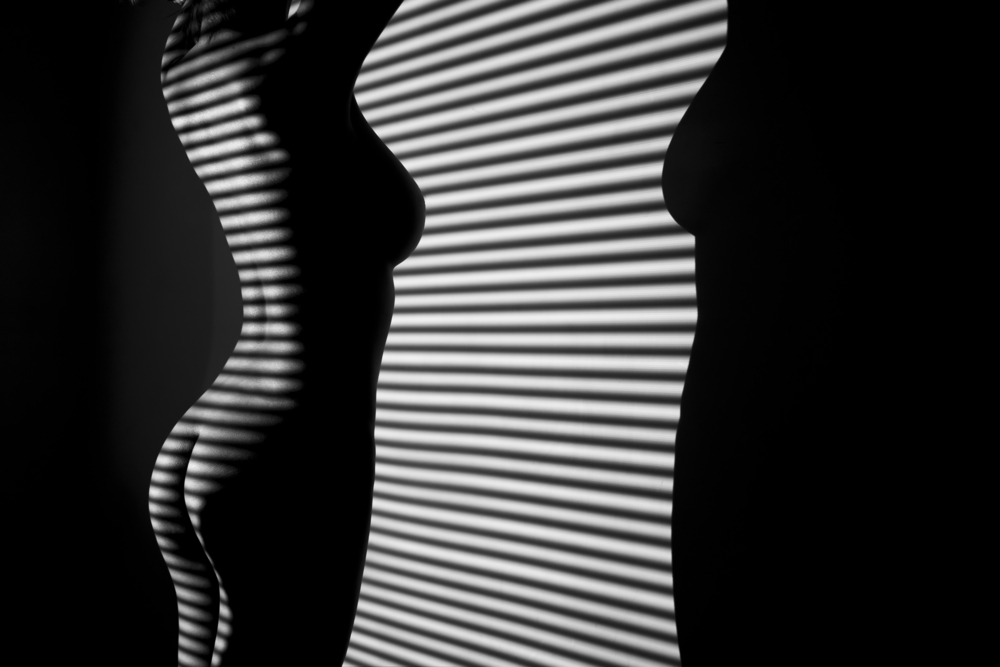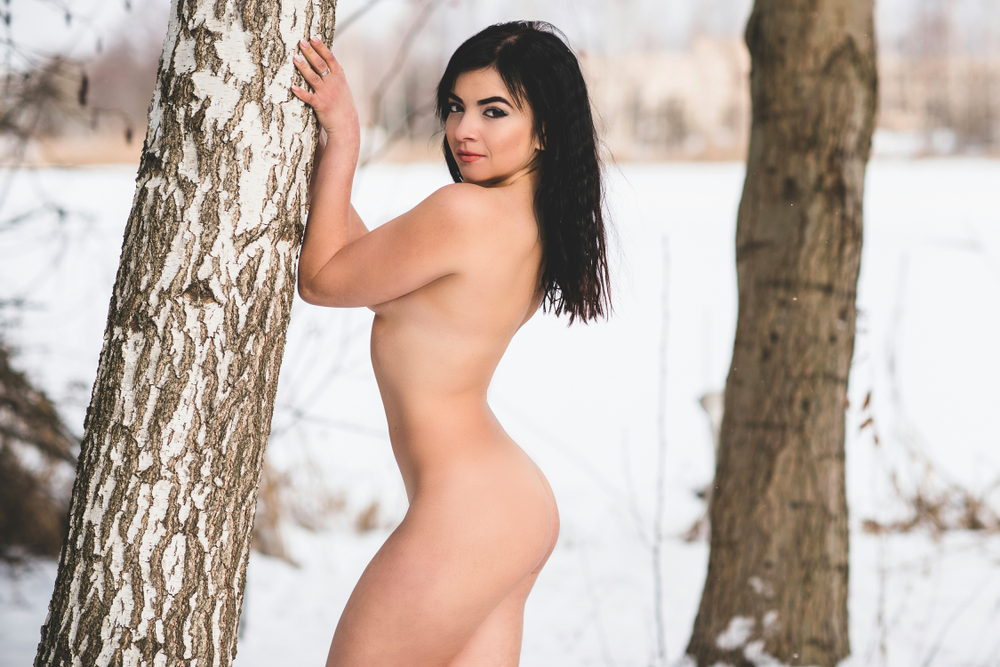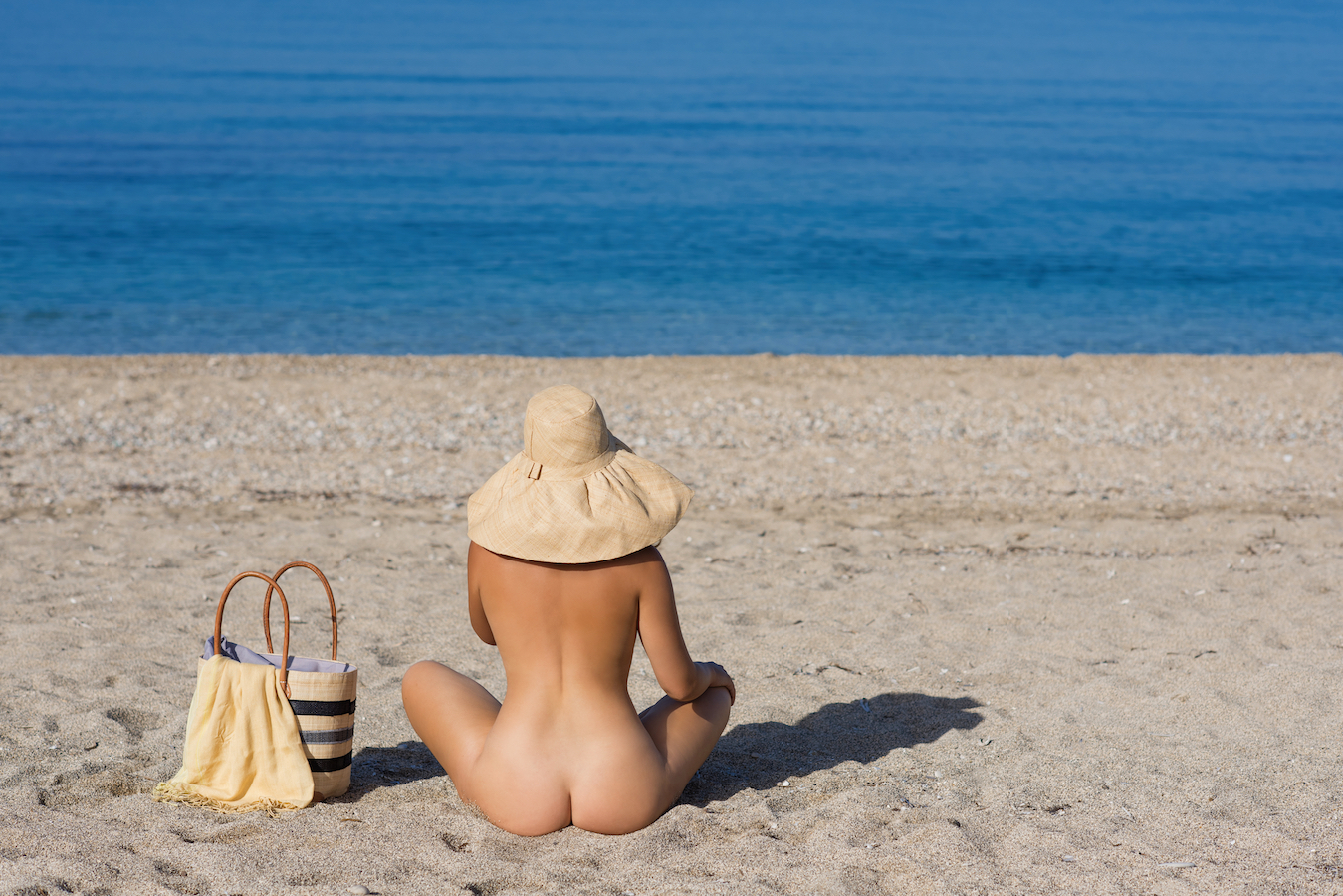The art of nude photography requires more than just a good camera. Understanding and mastering the equipment necessary for capturing beautiful nude photos is crucial to achieving stunning results. From cameras to lighting and accessories, there are numerous components that need to be understood to make the most of your nude photography.
This article will delve into the various types of equipment required for nude photography and their functions. It will also provide insight into camera settings, lighting techniques, and accessories that can help take your nude photography to the next level.
Importance of Understanding Equipment for Successful Nude Photography
Understanding the equipment is crucial for taking good nude photographs. The right equipment not only makes the process more efficient but also ensures that the final output is of high quality like fine art nudes. Here are five reasons why understanding equipment is crucial for successful nude photography:
Control over image quality
By understanding the equipment, the photographer can control the image quality to a great extent. They can choose the right camera, lens, lighting equipment, and other accessories that suit the specific requirements of the shoot.
Enhancing creativity
Equipment can be used creatively to achieve the desired outcome. For instance, using different lenses, filters, or lighting techniques can add unique perspectives and creative touches to the final images.
Saves time
Knowing how to use equipment saves time in the shoot. The photographer can set up equipment more efficiently, adjust settings quickly and effectively, and avoid unnecessary delays.
Increases confidence
Understanding equipment gives the photographer more confidence during the nude photo shoot. This translates into a more relaxed and comfortable environment, which ultimately results in better photographs.
Better communication with clients
Clients, like experienced nude models, are more likely to trust a photographer who demonstrates a good understanding of the equipment. Clear communication about the equipment being used and its capabilities can help the client understand the process and be more involved in the shoot.
Types of Equipment for Nude Photography
The right equipment can make all the difference in the quality of the photographs produced in a nude photoshoot. The following are examples of some equipment:
Camera
The camera is the most crucial equipment for nude photography. You need to get a high-quality camera with advanced features like high resolution, image stabilization, and manual controls. This is important in order to capture sharp, clear, and vivid images like those in fine art nude photography.
Lenses
Lenses are essential for any type of photography, including nude photography. Different types of lenses can create different effects and perspectives in nude photography. Wide-angle lenses are suitable for capturing the entire scene, while telephoto lenses can create a shallow depth of field, making the subject stand out.
Lighting
Lighting is a critical aspect of nude photography. The right lighting setup can make or break a shot. It is essential to have an adequate lighting setup to highlight the subject’s features and create a dramatic effect. Various lighting tools, such as strobes, softboxes, and reflectors, can be used to control and manipulate light for the desired effect.
Props and Accessories
Props and accessories are used to add variety and interest to the shots. These can include chairs, fabrics, flowers, and other items that can be used to create a specific mood or theme in the photograph.
Camera Settings for Nude Photography
The following are some important camera settings to consider when shooting nude photography:
Aperture
Aperture refers to the size of the lens opening that allows light to pass through. A wider aperture (lower f-stop number) will create a shallow depth of field, which is great for focusing on a particular aspect of the nude subject while blurring the background. A narrower aperture (higher f-stop number) will produce a deeper depth of field. This can be useful when you want to capture more detail in the shot.
Shutter Speed
Shutter speed is the amount of time the camera’s shutter is open, and it controls how much light enters the camera. A slower shutter speed will allow more light to enter, which is helpful in low-light situations. However, slower shutter speeds can also create motion blur, which may not be desirable in nude photography. On the other hand, a faster shutter speed will freeze motion and capture crisp detail, but it requires more light.
ISO
ISO measures the camera’s sensitivity to light. A higher ISO setting will increase the camera’s sensitivity, which is useful in low-light situations. However, higher ISO settings can also introduce noise and graininess to the image, which can detract from the overall quality. A lower ISO setting is ideal for capturing images with a high level of detail and sharpness.
White Balance
White balance refers to the color temperature of the light source. Different lighting conditions can produce different color casts, so adjusting the white balance settings on your camera can help you achieve accurate and realistic colors in your nude photography.
Focus
Achieving sharp focus is critical in nude photography. You can choose between manual and autofocus modes to achieve the desired nude photography focuses. Manual focus gives you more control over the focus point and is useful in situations where the camera may struggle to focus, such as in low light. Autofocus is ideal for capturing action shots, as it can track moving subjects and adjust the focus accordingly.
Lighting Techniques for Nude Photography
Lighting is an essential element in any form of photography, including nude photography. It plays a crucial role in setting the mood, creating the desired atmosphere, and highlighting the beauty of the subject. Here are some lighting techniques for nude photography:
- Natural Light: This is the use of ambient light sources such as the sun, moon, or any other available light source. Natural light can create a soft and subtle look, and it can also produce stunning silhouettes when used creatively.
- Artificial Light: This involves the use of artificial light sources such as strobe lights, flash, or continuous lights. These lights provide a lot of control and flexibility, enabling the photographer to create the desired mood and atmosphere. With artificial lighting, you can create dramatic contrasts or a soft and subtle look.
- Side Lighting: This involves placing the light source at the side of the subject, creating a contrast between light and shadow. Side lighting can emphasize the curves and contours of the body, highlighting the subject’s form.
- Back Lighting: This is when the light source is positioned behind the subject, creating a rim of light around the human body. This technique creates a soft light and accentuate the curves of the body.
- Front Lighting: This technique involves positioning the light source in front of the nude model, creating a soft and even lighting effect. This technique is ideal for creating a natural and authentic look.
- Low-Key Lighting: This is a technique that involves using a single light source to create a moody and dramatic effect. Low-key lighting is ideal for creating a sensual and mysterious atmosphere.
Accessories for Nude Photography
These accessories can help better the quality of the images and provide comfort and convenience for both the photographer and the model.
Tripod
A tripod is an essential accessory for nude photography, as it provides stability to the camera and reduces the risk of camera shake. This is especially important when shooting in low light conditions or using slow shutter speeds.
Remote Shutter Release
A remote shutter release allows the photographer to trigger the camera without touching it. This reduces the risk of camera shake and provides greater control over the timing of the shot.
Reflectors
Reflectors can be used to bounce light onto the subject, filling in shadows and creating a more even and flattering light.
Softbox
A softbox is a type of light modifier that helps diffuse and soften the light, creating a more flattering and natural-looking light. They can be used to create a range of lighting effects, from dramatic and moody to soft and romantic.
Props
Props can be used to add interest and depth to the image, and can also help the model feel more comfortable and relaxed.
Backdrops
Backdrops can help create a specific mood or atmosphere for the image, and can also help provide a clean and uncluttered background. They have different textures like muslin, canvas, and paper.
Conclusion
In conclusion, understanding your equipment is crucial in the art of nude photography. The equipment used in nude photography varies from the camera body, lenses, lighting, and accessories. Each piece of equipment has its specific function, and knowing how to use them effectively can make a huge difference.
It’s also important to look at nude photography examples to get an idea of the different techniques and equipment used to capture successful images. By examining examples, photographers can gain inspiration and learn new techniques to apply to their own work.
